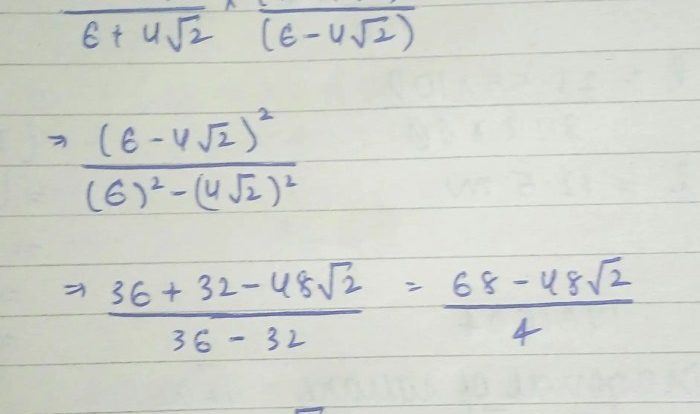Embark on a journey through the realm of course 3 chapter 3 equations in two variables, where mathematical concepts intertwine with real-world applications. This chapter delves into the art of solving equations with two variables, unlocking a gateway to understanding complex relationships and phenomena in various disciplines.
Mastering equations in two variables empowers individuals to decipher intricate patterns, make informed decisions, and unravel the mysteries that lie within the intersection of mathematics and the world around us.
Course 3 Chapter 3 Equations in Two Variables: An Overview

Course 3 Chapter 3 introduces the concept of equations in two variables, which play a crucial role in mathematics and its applications. This chapter aims to provide students with a solid understanding of solving and graphing equations in two variables, along with their practical applications in various fields.
Understanding equations in two variables is essential for solving real-world problems, as many phenomena can be modeled using linear or quadratic equations. These equations allow us to establish relationships between two variables and predict outcomes or make informed decisions.
Solving Equations in Two Variables
Substitution Method
The substitution method involves isolating one variable in one equation and substituting it into the other equation. This allows us to solve for the remaining variable.
Elimination Method
The elimination method involves adding or subtracting the two equations to eliminate one variable. This results in an equation with one variable, which can then be solved.
Graphing Method
The graphing method involves plotting the graphs of the two equations and finding the point(s) of intersection. The coordinates of the intersection point(s) represent the solution(s) to the system of equations.
Applications of Equations in Two Variables
Equations in two variables have wide-ranging applications in various fields:
- Science:Modeling motion, predicting trajectories, and calculating rates of change.
- Engineering:Designing structures, optimizing systems, and solving fluid dynamics problems.
- Economics:Analyzing market equilibrium, forecasting demand, and managing financial portfolios.
Graphing Equations in Two Variables

Linear Equations
Linear equations have graphs that are straight lines. The slope and y-intercept of the line represent the coefficients of the variables in the equation.
Quadratic Equations, Course 3 chapter 3 equations in two variables
Quadratic equations have graphs that are parabolas. The coefficients of the variables determine the shape and position of the parabola.
Exponential Equations
Exponential equations have graphs that are curves. The base of the exponential function determines the shape and growth rate of the curve.
Systems of Equations in Two Variables
Systems of equations involve two or more equations with two or more variables. They can be solved using:
- Substitution Method:Solving one equation for a variable and substituting it into the other equations.
- Elimination Method:Adding or subtracting equations to eliminate variables.
- Matrix Method:Using matrices to represent and solve systems of equations.
Systems of equations have applications in solving problems related to mixtures, rates, and distance.
FAQ Compilation
What are the key methods for solving equations in two variables?
Substitution, elimination, and graphing are the primary methods for solving equations in two variables.
How can equations in two variables be applied in real-world scenarios?
Equations in two variables find applications in diverse fields such as science, engineering, and economics, enabling the modeling and analysis of complex systems and phenomena.
What is the significance of graphing equations in two variables?
Graphing equations in two variables provides a visual representation of the relationship between the variables, aiding in understanding their behavior and identifying patterns.

